
BEING A TOURIST IN AFGHANISTAN
Touring one of the most dangerous countries in the world.
Kabul, Afghanistan
Where is the world’s most dangerous country? According to the 2019 Global Peace Index, Afghanistan ranks at the very bottom of the list of safe countries, below Syria, Somalia, Yemen and South Sudan. So what’s it like to walk around as a tourist in Afghanistan? Is this idea even sane?
Probably not, but I did it anyway, twice, and soon to be thrice. The reason behind this photo series is not to showcase so much of what tourists see in Afghanistan, rather, it’s meant to showcase Afghans’ reactions to having a tourist walking around their country.
It’s important to remember Afghanistan was not always this devoid of tourists, and the country was not always a hot bed of instability, insurgency, terrorism and violence. The country was firmly on the “hippy trail” between Europe and India in the 1960s and was at one point in time considered liberal and forward thinking along with their neighbour Iran.
But as the Cold War moved into Afghanistan, everything changed and Afghans have been left longing for true peace ever since.
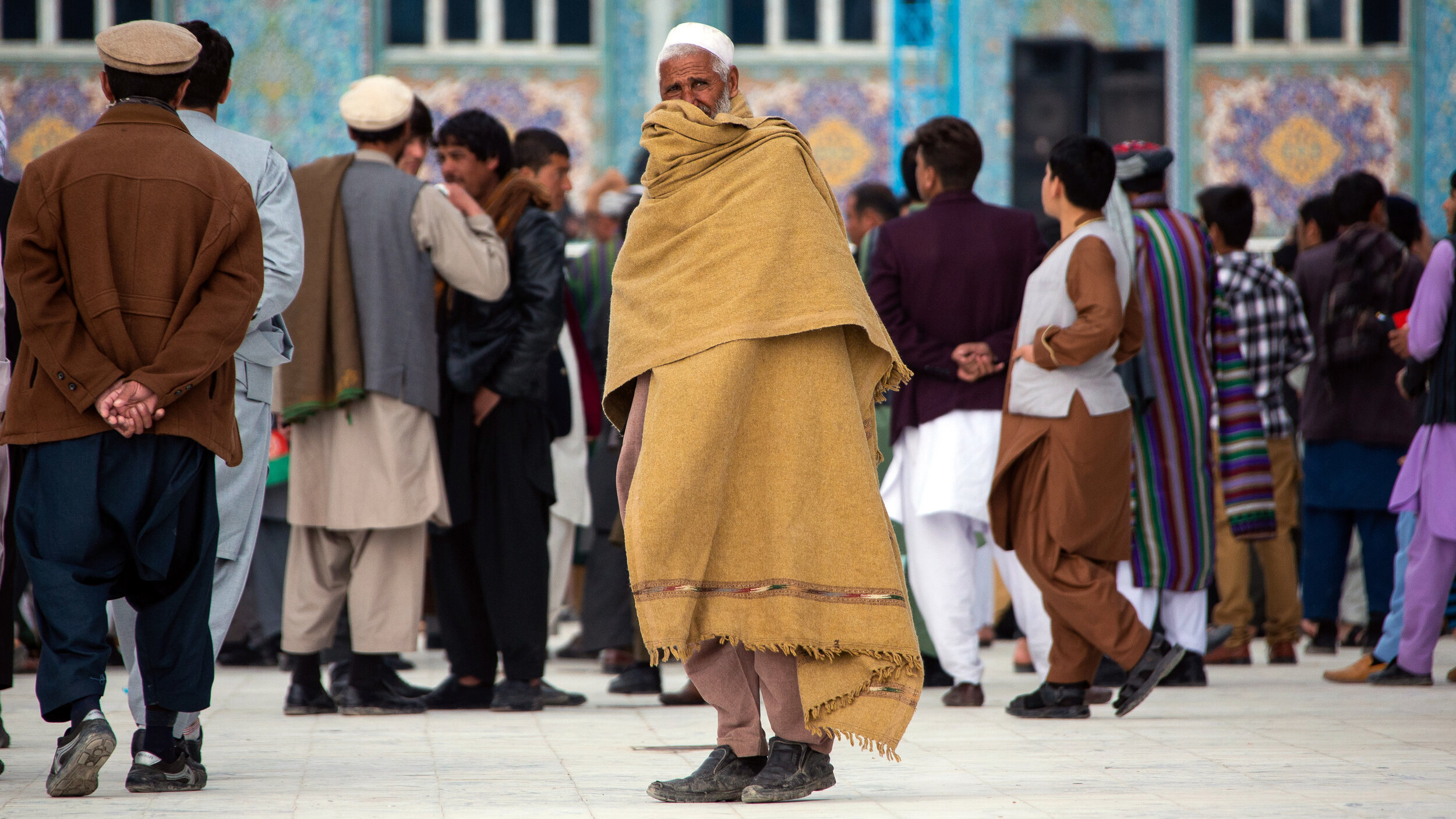
Old Man Amongst the Crowd
Mazar-i-Sharif, Afghanistan. March 2019.
Many people poured into Mazar-i-Sharif’s Blue Mosque for Nowruz celebrations, marking the Persian New Year. The mosque was fortified by the military, with at least three full screenings in place to check people for weapons and explosives. As it turned out, Afghanistan’s president would fly in for the ceremonies, make a speech and helicopter out just as unexpectedly as he entered. Men gathered on the right hand side while women were segregated to the left hand side of the mosque.
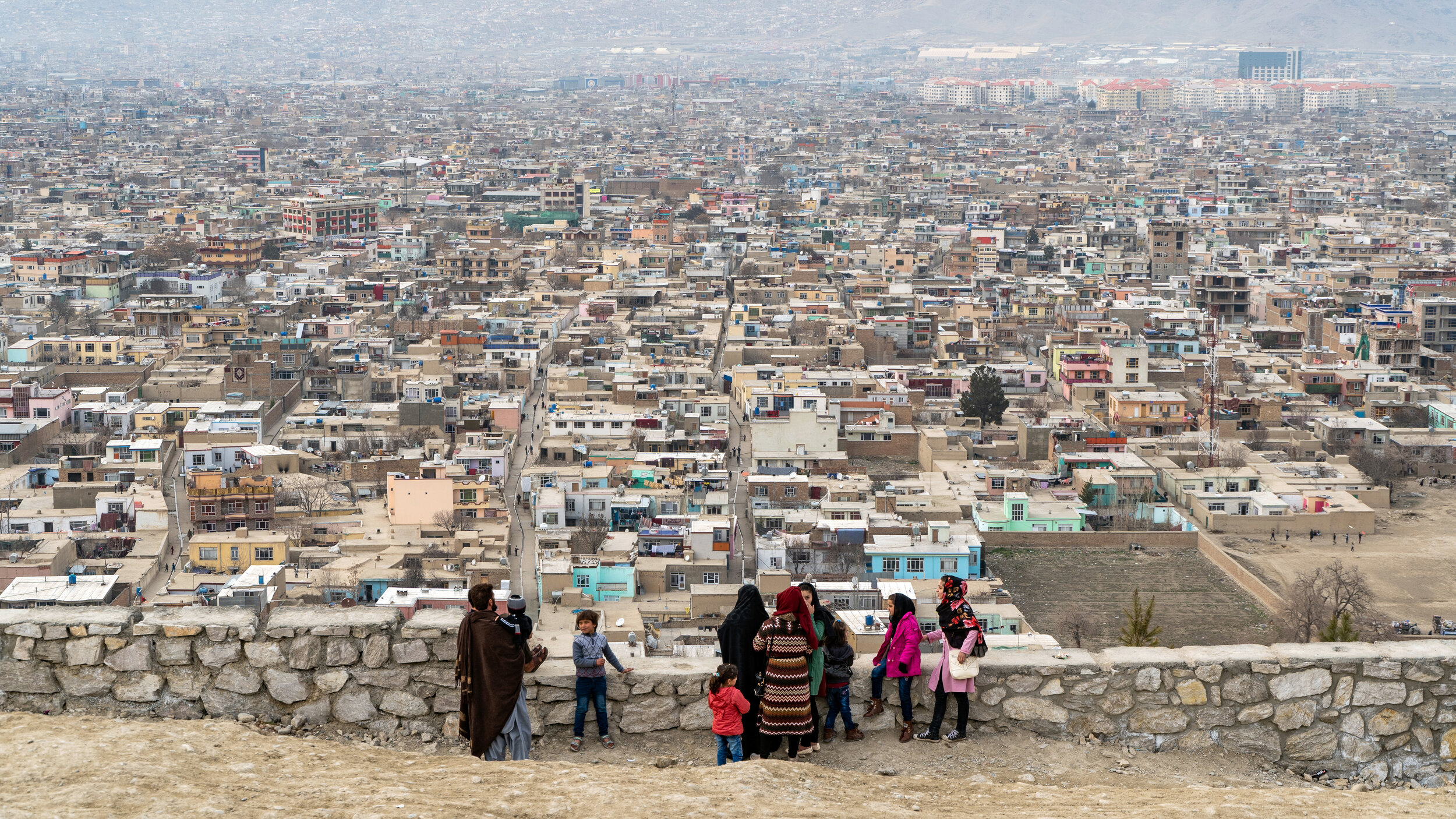
Family Outing to Bibi Mahru
Kabul, Afghanistan. March 2019.
A Kabuli family makes a visit to Bibi Mahru hill, a public park overlooking the city of Kabul. In March kites are flying from the rooftops across the city, as the cold winter air begins to give way to a more moderate spring breeze.
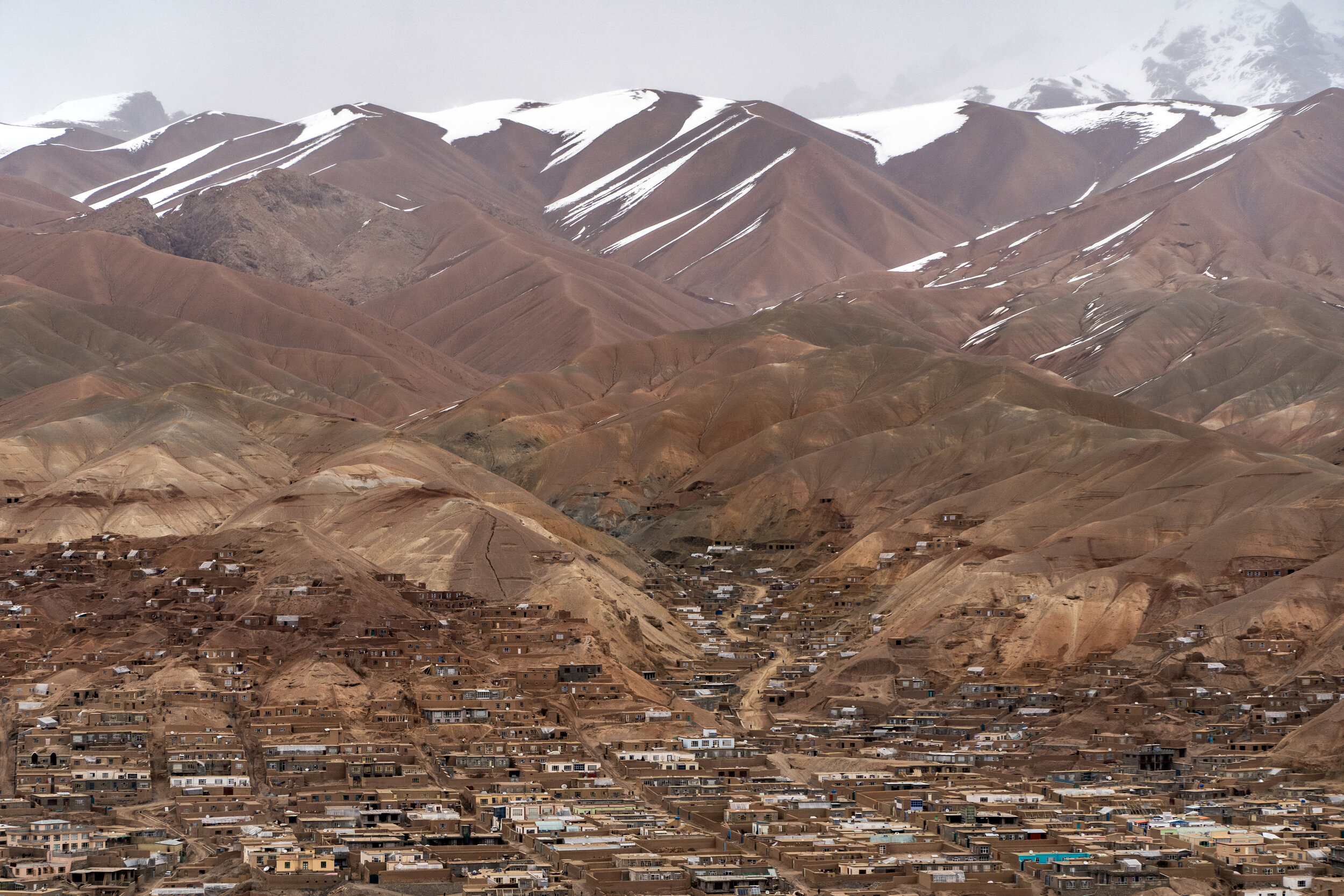
Bamiyan Villages and Mountains
Bamiyan, Afghanistan. March 2019.
Mountainous Bamiyan, both the name of a city and province in central Afghanistan, is the heart and soul of the Hazarajat— the ethnic Hazara homeland. Hazaras are Shii’a Muslims, much like their neighbours in Iran, and speak Persian as their native language. However, the Hazara’s are a very distinct Silk Road people, with their culture comprised of elements from their Mongolian, Persian and Turkic brethren and ancestors.
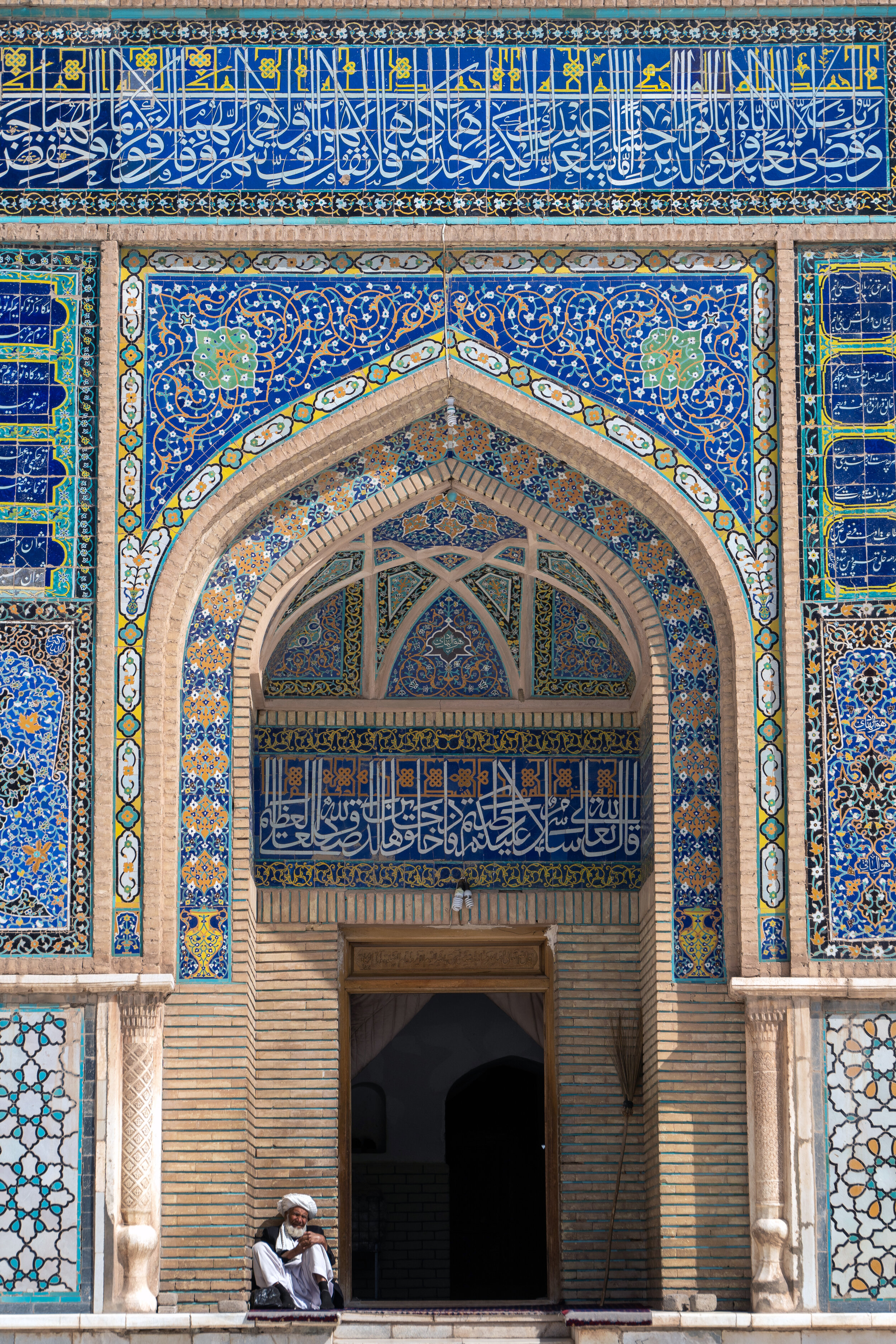
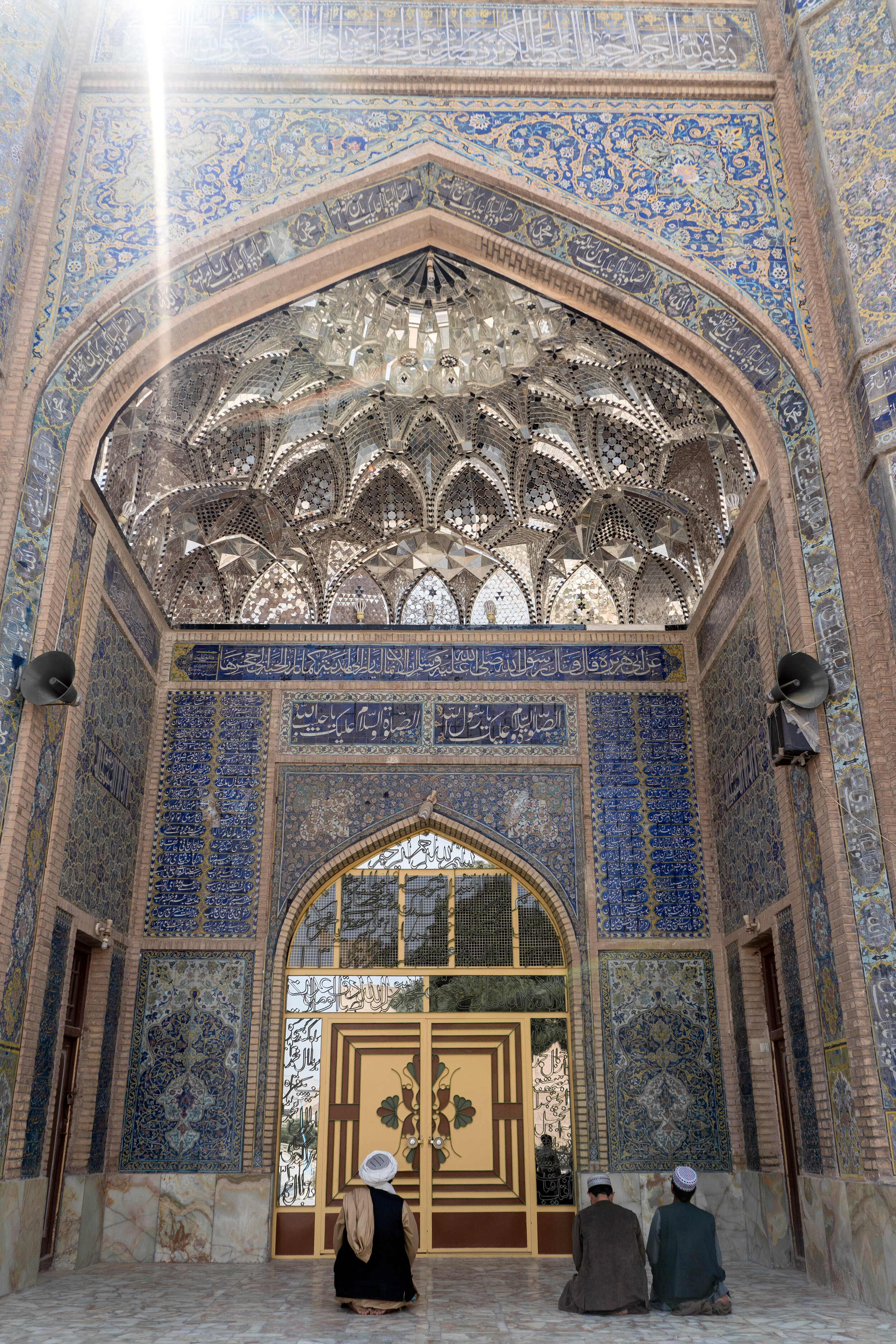
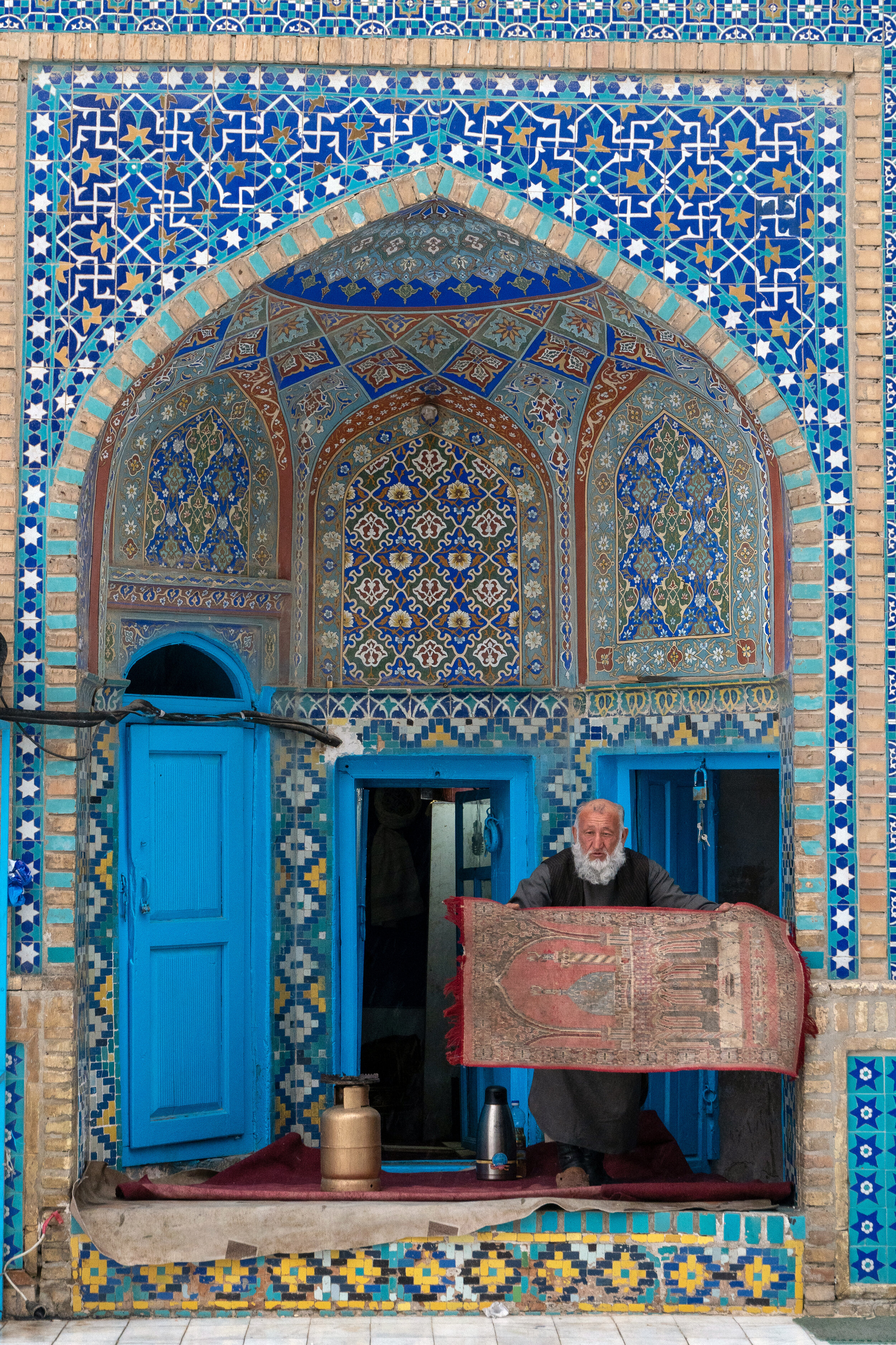
Men at Mosques
Herat and Mazar-i-Sharif, Afghanistan. March 2019.
Men at mosques is a ubiquitous scene throughout visiting Afghanistan. While women are segregated or placed in a small special section of the mosques, men are an omnipotent presence at ornately designed mosques across the country.
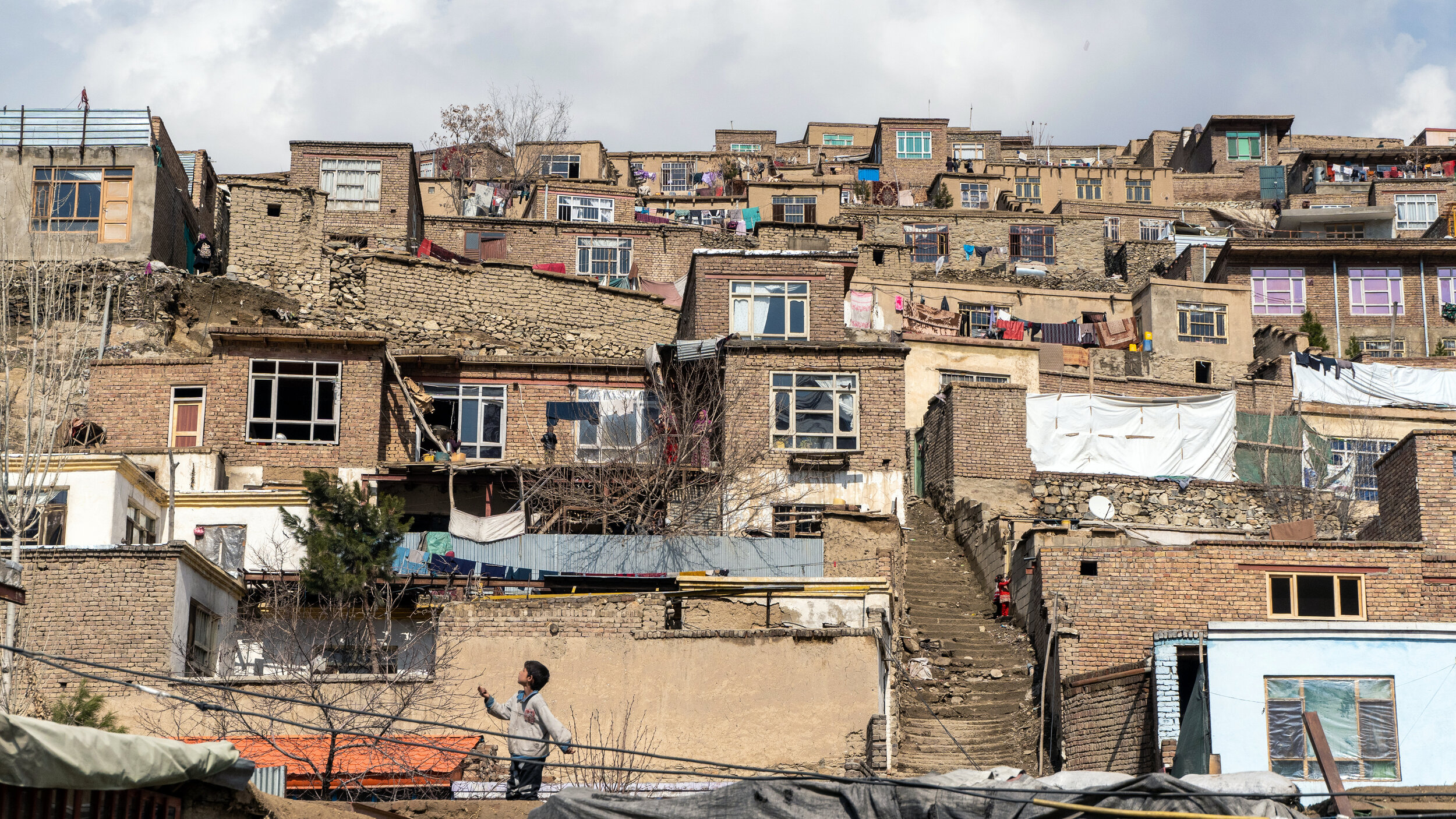
Kites and Play in the Kabul Outskirts
Kabul, Afghanistan. March 2019.
Children play with kites in their neighbourhood on the outskirts of Kabul. Afghanistan’s sprawling capital city is home to over 4 million people and it s “mixed salad” of sorts of all of Afghanistan’s major ethnic groups.
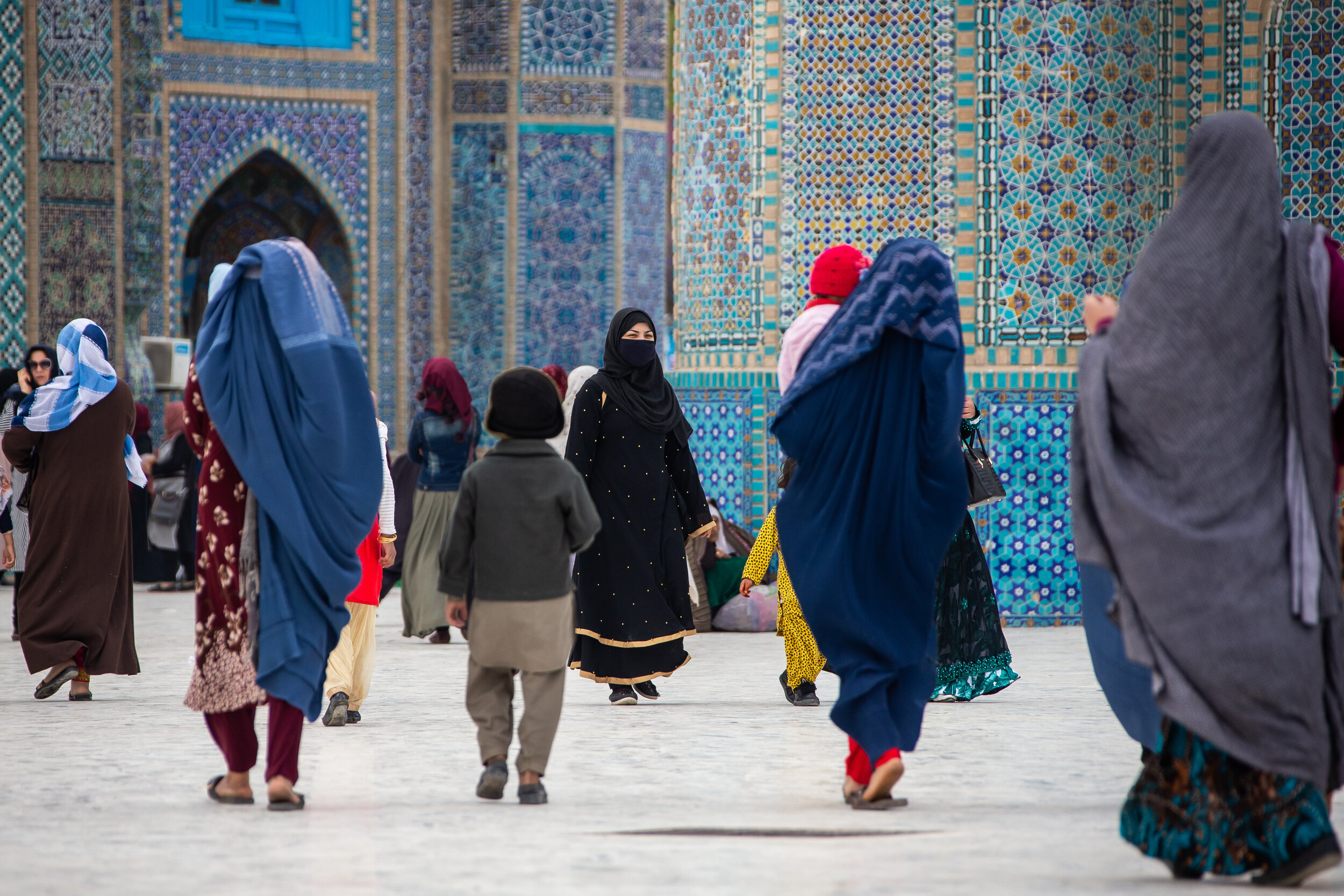
Women and Children
Mazar-i-Sharif, Afghanistan. March 2019.
During the Nowruz celebrations at Mazar-i-Sharif’s blue mosque, the women and children were directed to the left side while all the men were positioned on the right. There was a strong desire from bth sides to peek at the other, but with guards and Afghanistan’s strict traditions, most of these were stopped until everyone streamed out of the mosque together and the crowds excitedly mingled.
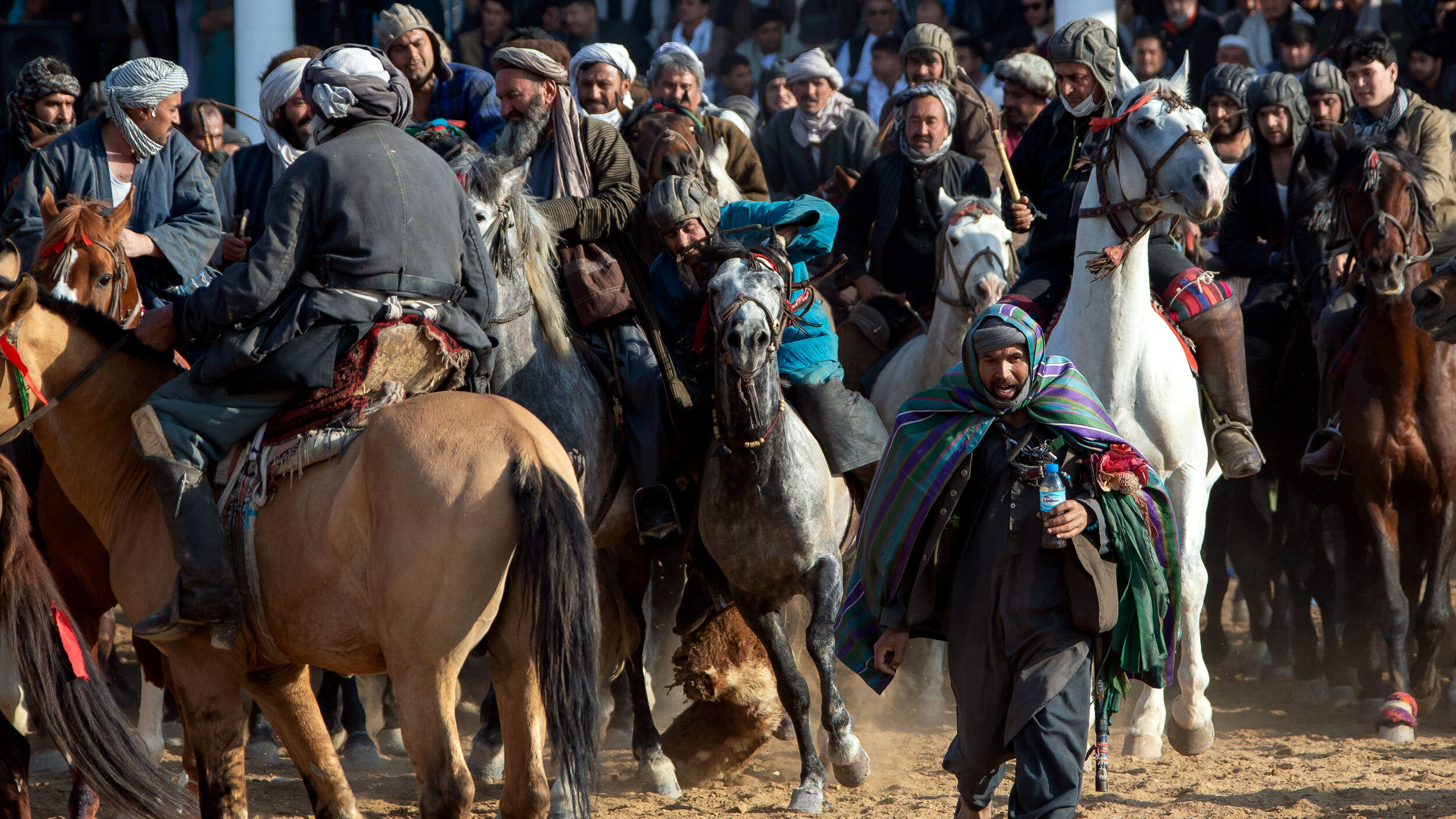
Beef Buzkashi
Mazar-i-Sharif, Afghanistan. March 2019.
The game of Buzkashi is played throughout Central Asia. Here in Mazar-i-Sharif a Buzkashi tournament is held during the Nowruz New Year holiday. Men on horseback largely from Afghanistan’s Uzbek, Tajik and Turkmen communities (mostly Uzbeks in this case) jostle for control over a decapitated calf (sometimes a goat, but here it was a calf) and attempt to drop the calf into a circular goal post in their zone. It’s a wild game reminiscent of the times of the Mongol Hoards.
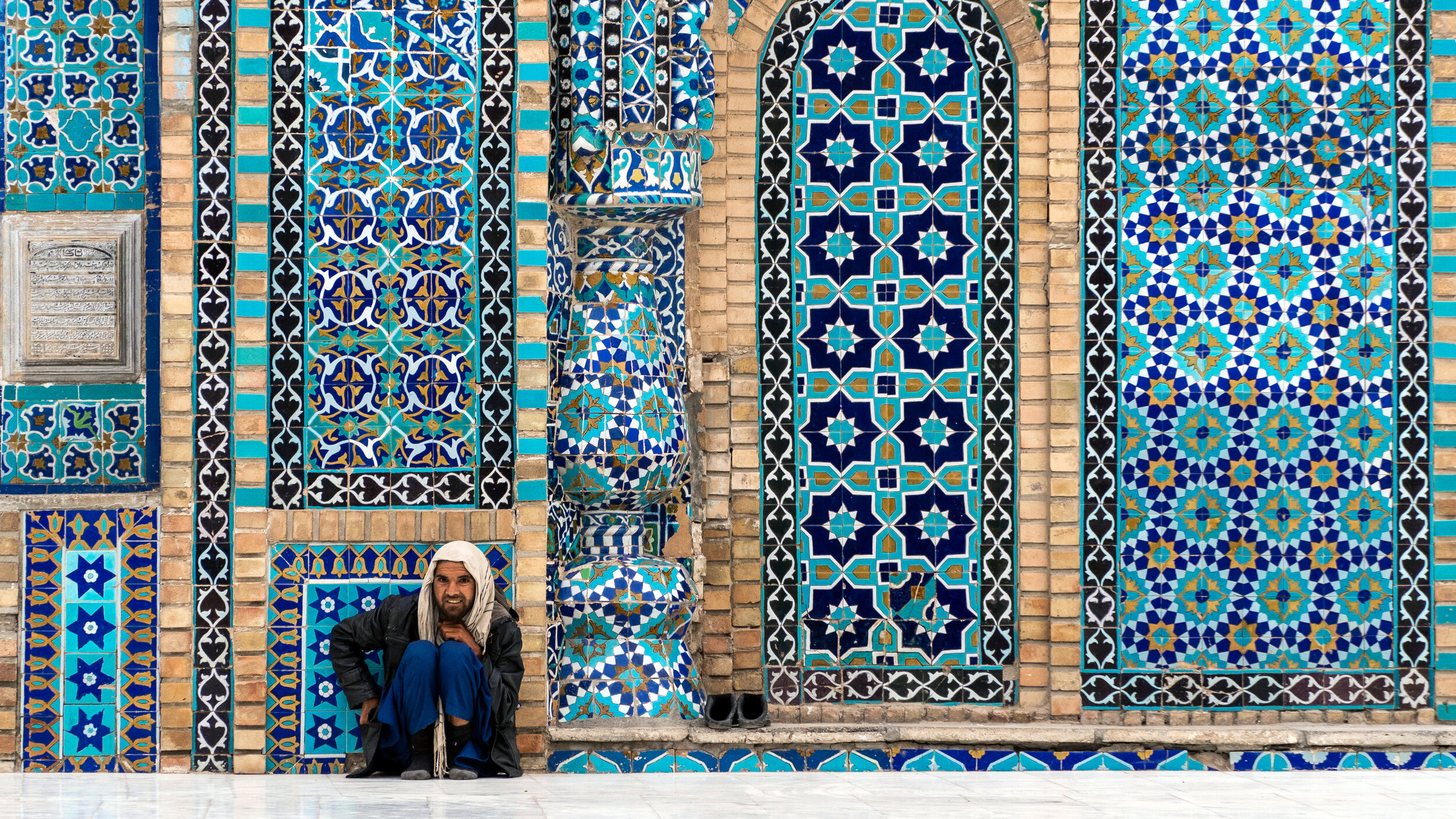
Blue Mosque Tiles
Mazar-i-Sharif, Afghanistan. March 2019.
Afghanistan has a long standing tradition with tile making and mosaic design. The Blue Mosque in Mazar-i-Sharif is a fantastic example of this craftsmanship.
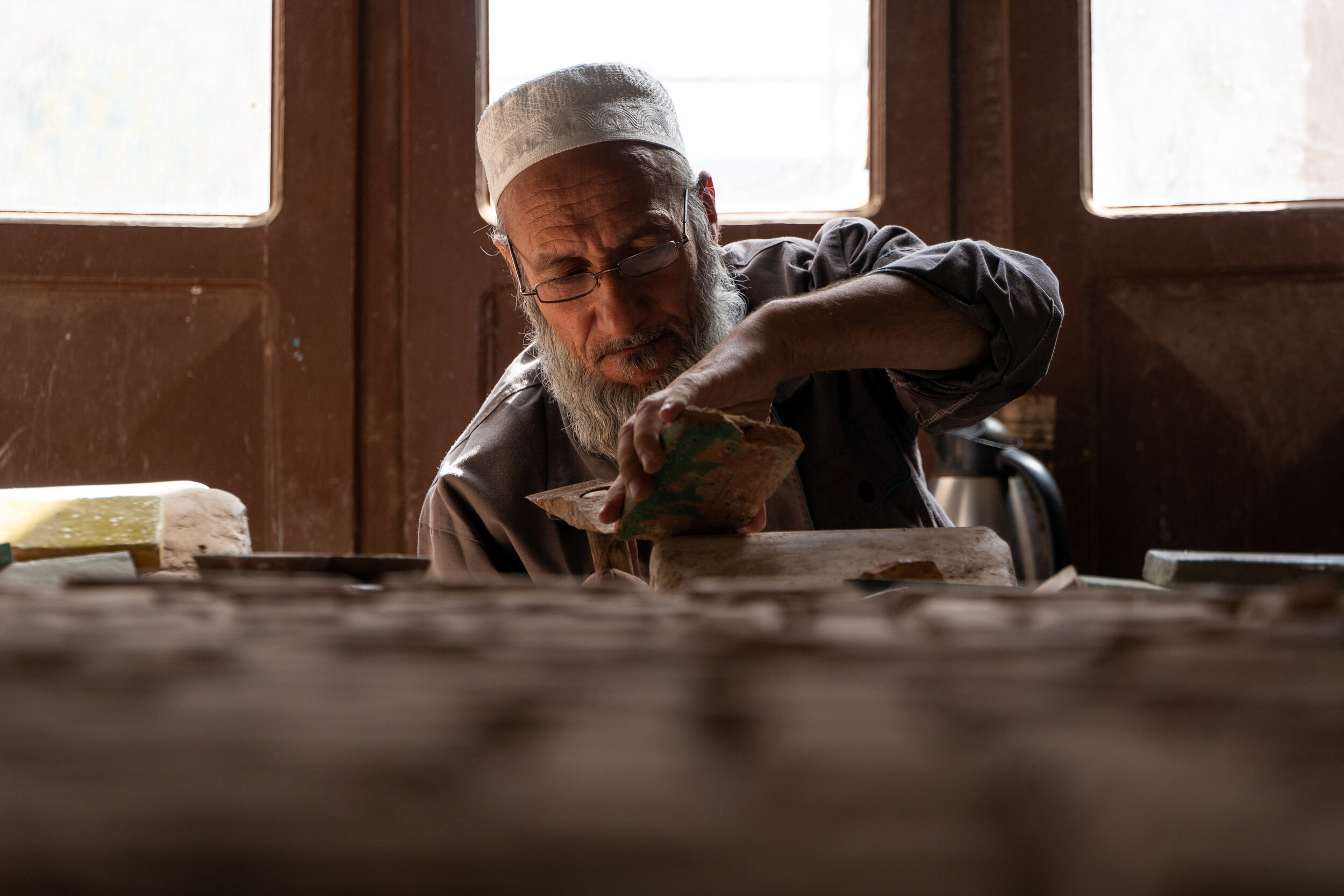
The Herati Tile Maker
Herat, Afghanistan. March 2019.
Afghanistan has a long standing tradition with tile making and mosaic design. These expert tile makers plan out intricate patterns on paper, and then they colour, paint, and cut the tiles with chisels to form the designs. The colours come from crushing up stones and minerals with glass using a stone grinder, and then using extreme heat to melt the glaze on the tiles.
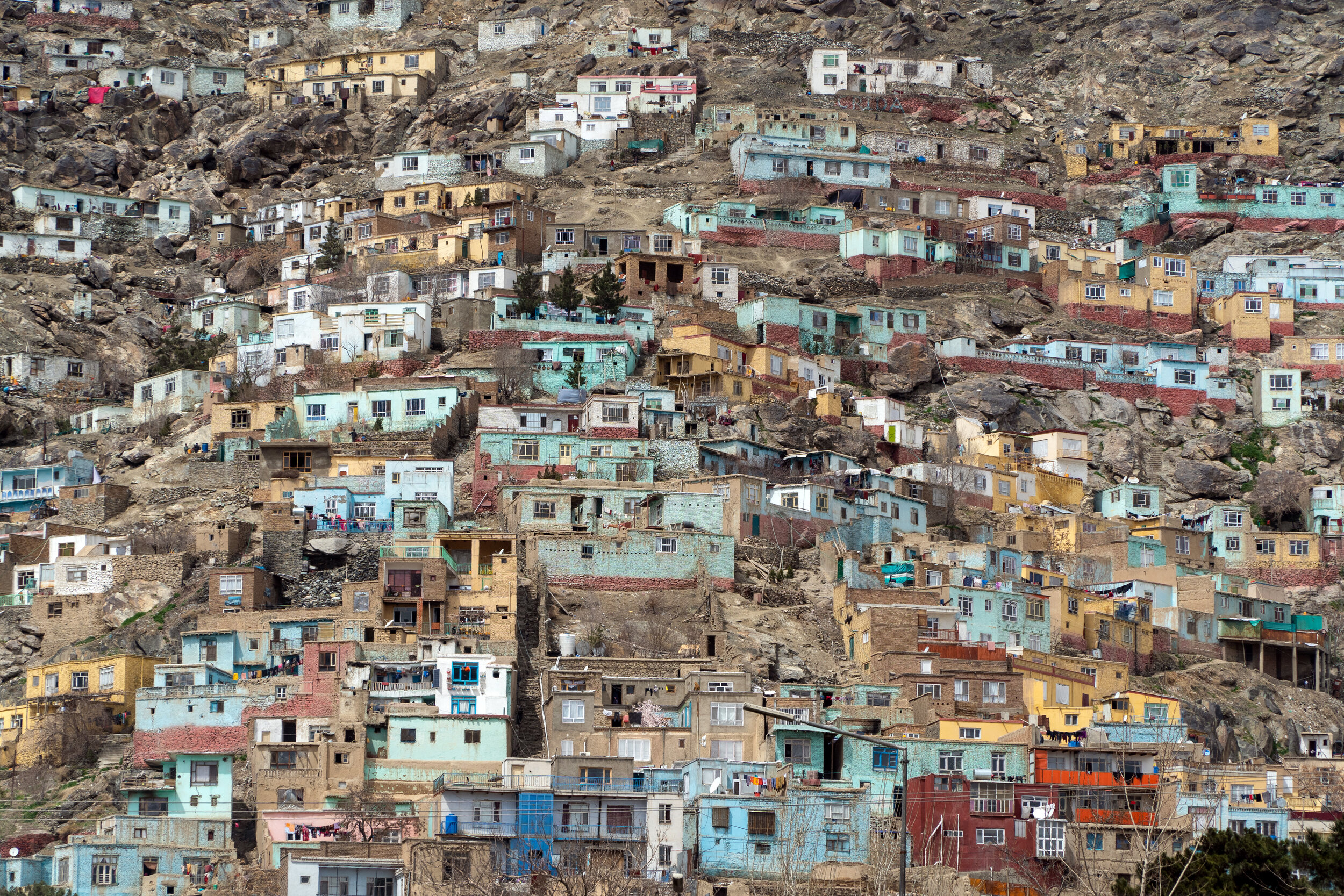
Colourful Homes on the Mountain Side
Kabul, Afghanistan. March 2019.
The city of Kabul, with over 4 million inhabitants, has grown at a remarkable pace. All available land is used, including the steep mountain slopes of the Hindukush that surround the city. Here, in one Kabul neighbourhood, colourfully painted homes are staked on a mountain slope with series of stairways to bet between them.
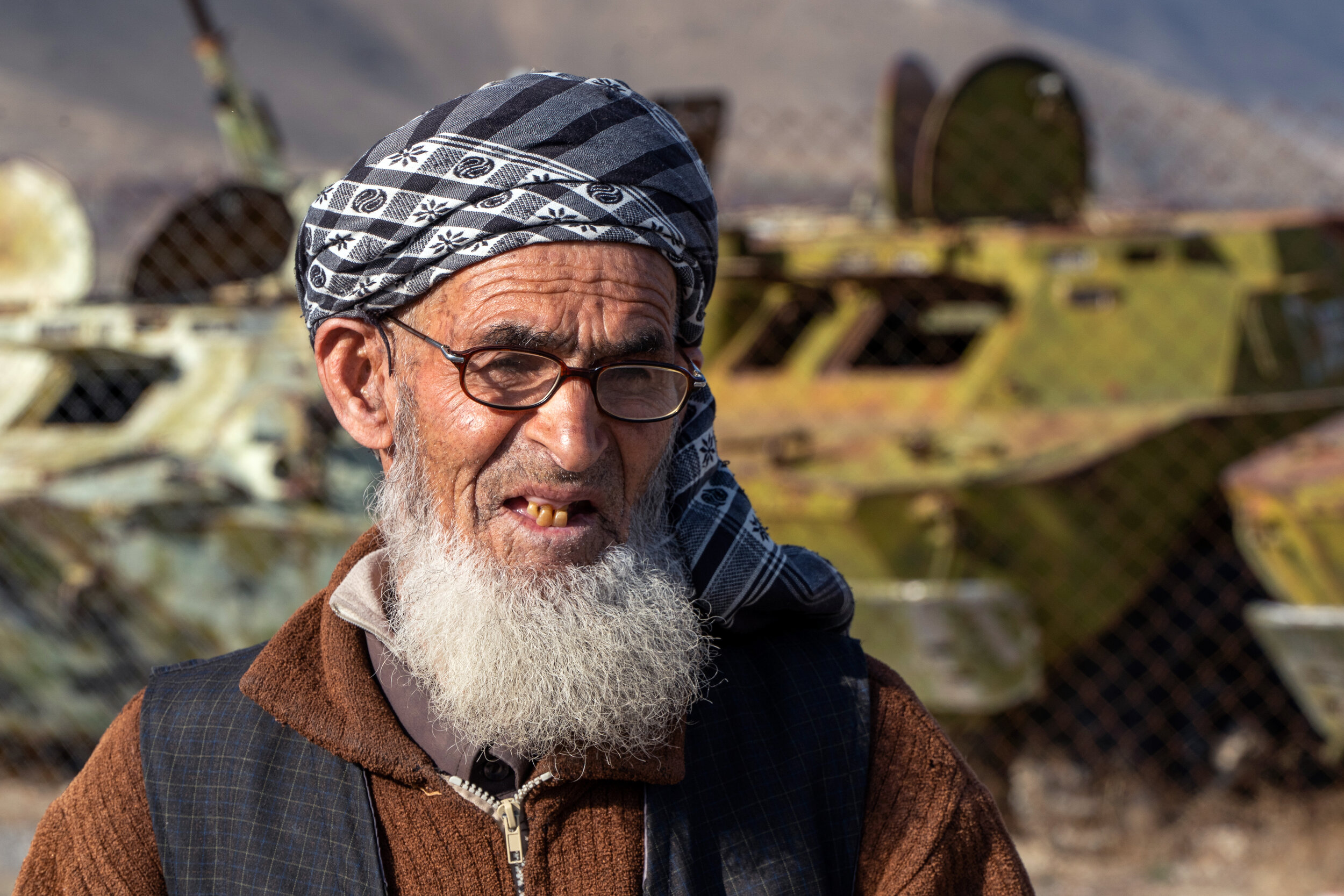
Lions of Panjshir
Panjshir Valley, Afghanistan. March 2019.
The ethnic Tajik Panjshir valley are fiercely independent. Their homeland, with its steep mountain slopes, has made it a near fortress, having staved off numerous Soviet and then Taliban attempts to control the valley. The valley is home to the Ahmad Shah Massoud Mausoleum. This ethnic Tajik mujaheddin fighter was strongly anti-Soviet and anti-Taliban, having played a key role in the Northern Alliance. He was ultimately killed by Islamist terrorists who pretended to be a film crew setting up for an interview and detonated a bomb in the camera. His image throughout Afghanistan and this valley in particular is still an omnipotent presence. The tanks visible in the background of this image were captured from the Soviets.
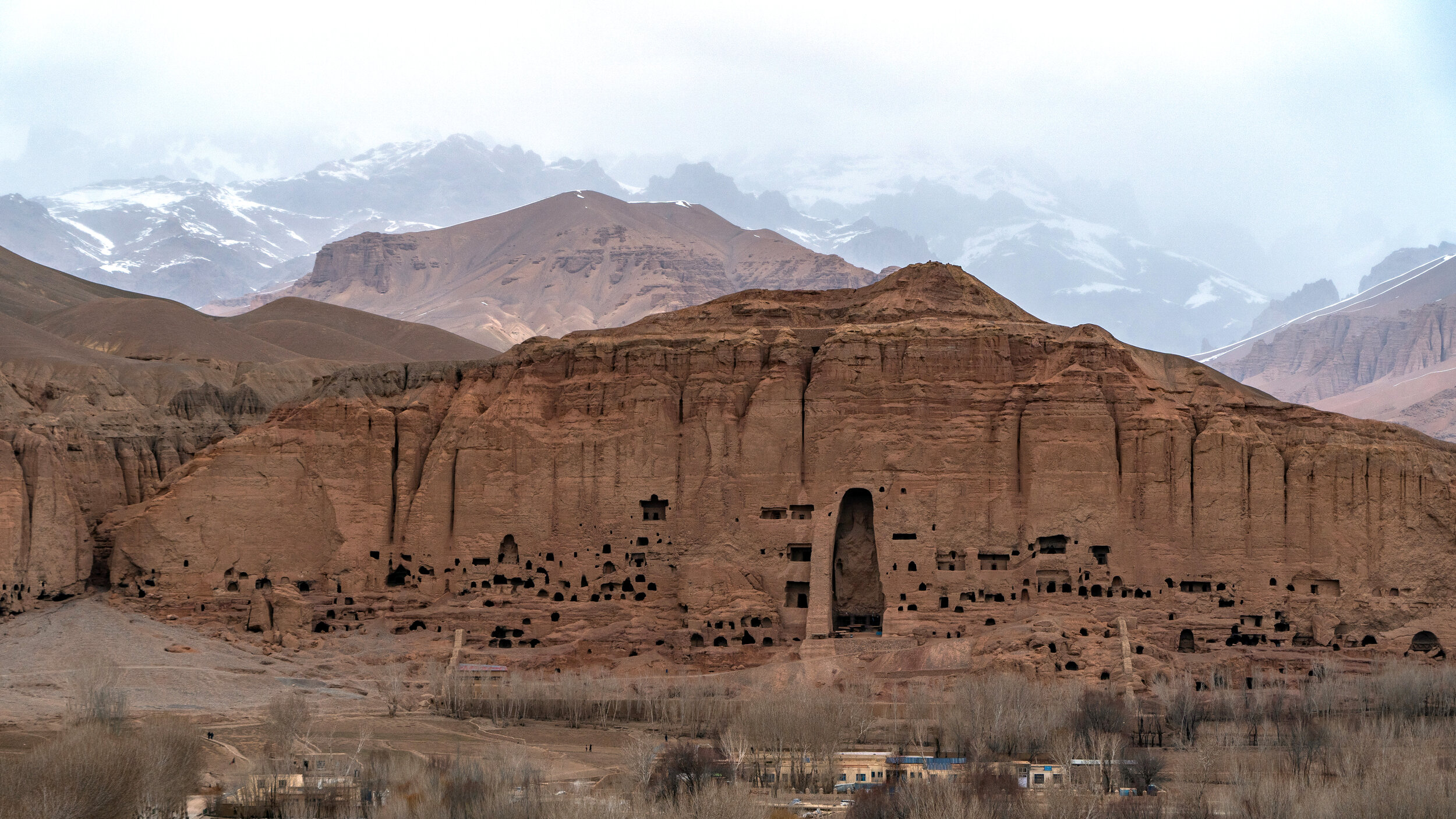
Empty Niches
Bamiyan, Afghanistan. March 2019.
The empty niches of the Buddha statues dominate the Bamiyan valley. Carved in the 6th century, the two statues, standing 38m and 55m respectively, were the tallest standing statues of Buddha ever made. The statues were blown up and destroyed in March 2001 by the Taliban, on orders from leader Mullah Omar, after the Taliban declared they were idols. While tourist the now empty caves, I was told that the Taliban had brought in engineers from Pakistan to detonate the statues. During the war some of the caves here were lived in by local Hazara families.


Selfie Time
Mazar-i-Sharif, Afghanistan. March 2019.
Afghanistan was first connected to a 3G network in 2012, and slowly but surely many of the country’s urban youth got smart phone and Facebook accounts like many of their peers around the world.
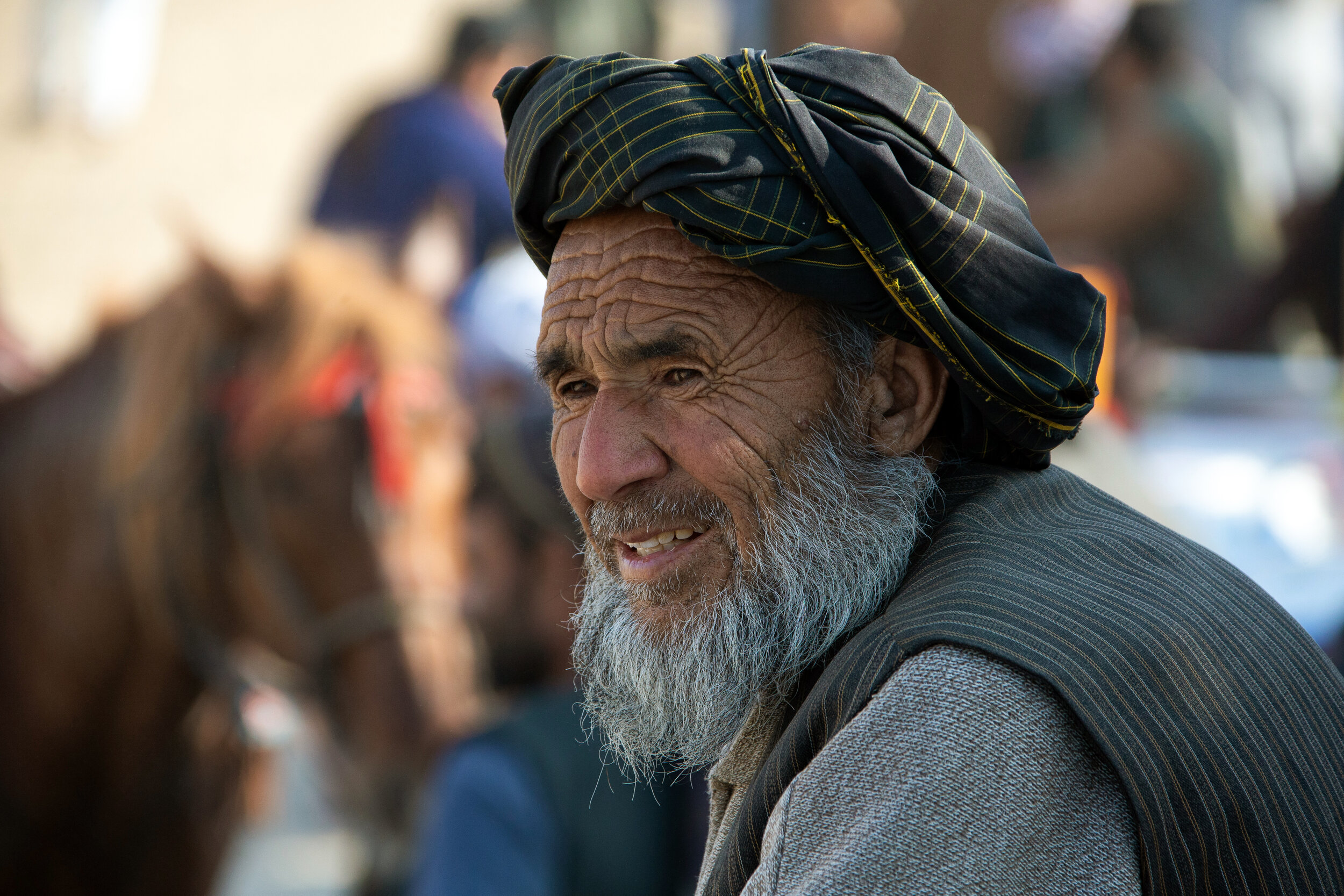
Uzbek Elder
Mazar-i-Sharif, Afghanistan. March 2019.
The Uzbeks of Afghanistan largely inhabit the northernmost provinces of the country along the border with, unsurprisingly, Uzbekistan. Unlike their cousins in Uzbekistan and Kyrgyzstan, Afghanistan’s Uzbeks were not subject to Russification and Soviet collectivization. That does not mean their lives have been easy of course. They have also been wrapped up into Afghanistan’s many wars and struggles, with Uzbek warlord Abdul Rashid Dostum controlling much power and influence not just over Uzbek Afghans but also Afghanistan as a whole.
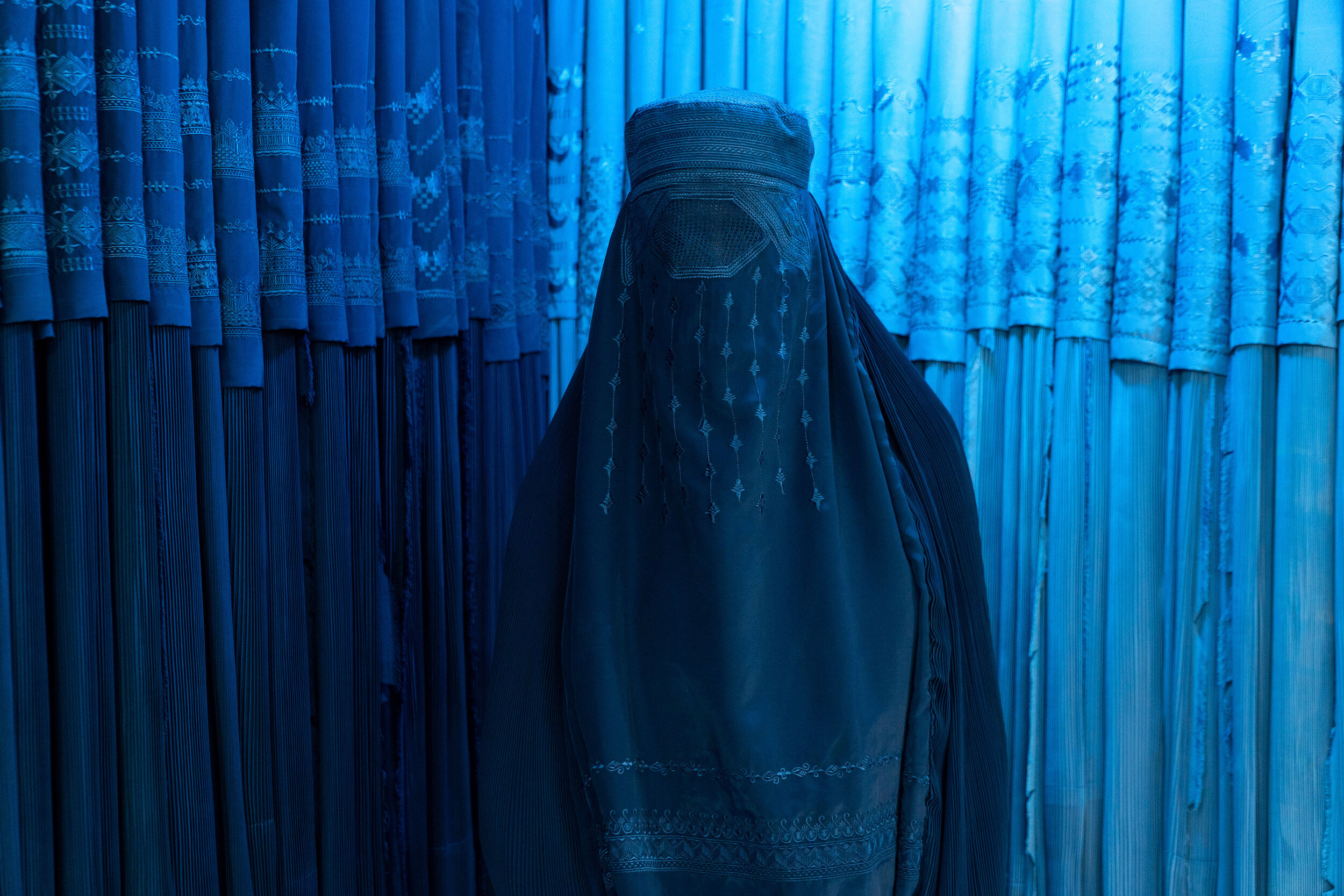
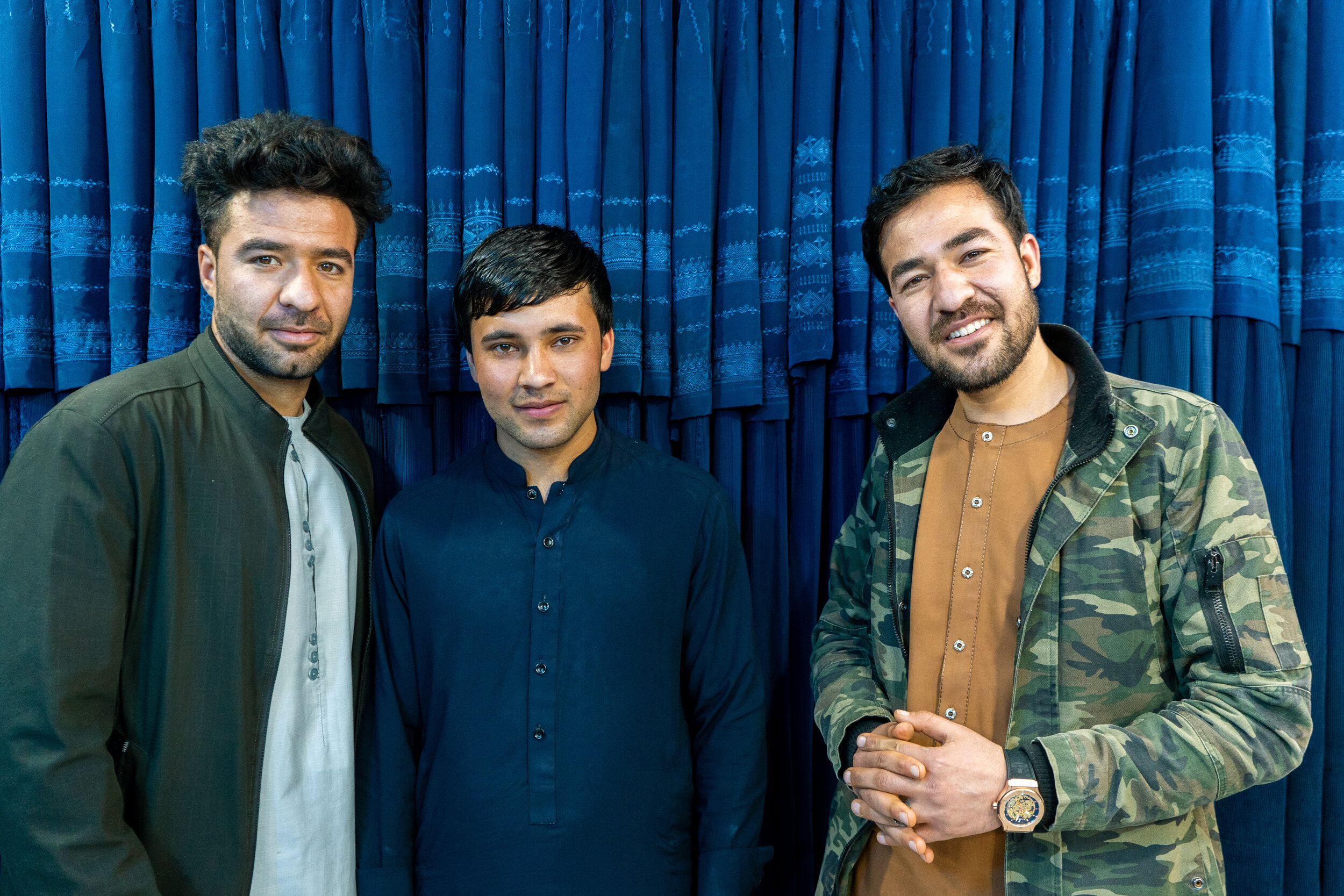
Shopping for Chadris
Mazar-i-Sharif, Afghanistan. March 2019.
At a chadri (burqa) shop in the Mazar-i-Sharif bazaar. Each chadri is not the same, they come with distinct stitching, patters ad the pricing varies with quality and whether it’s an “Afghan” chadri or a “Chinese” chadri.
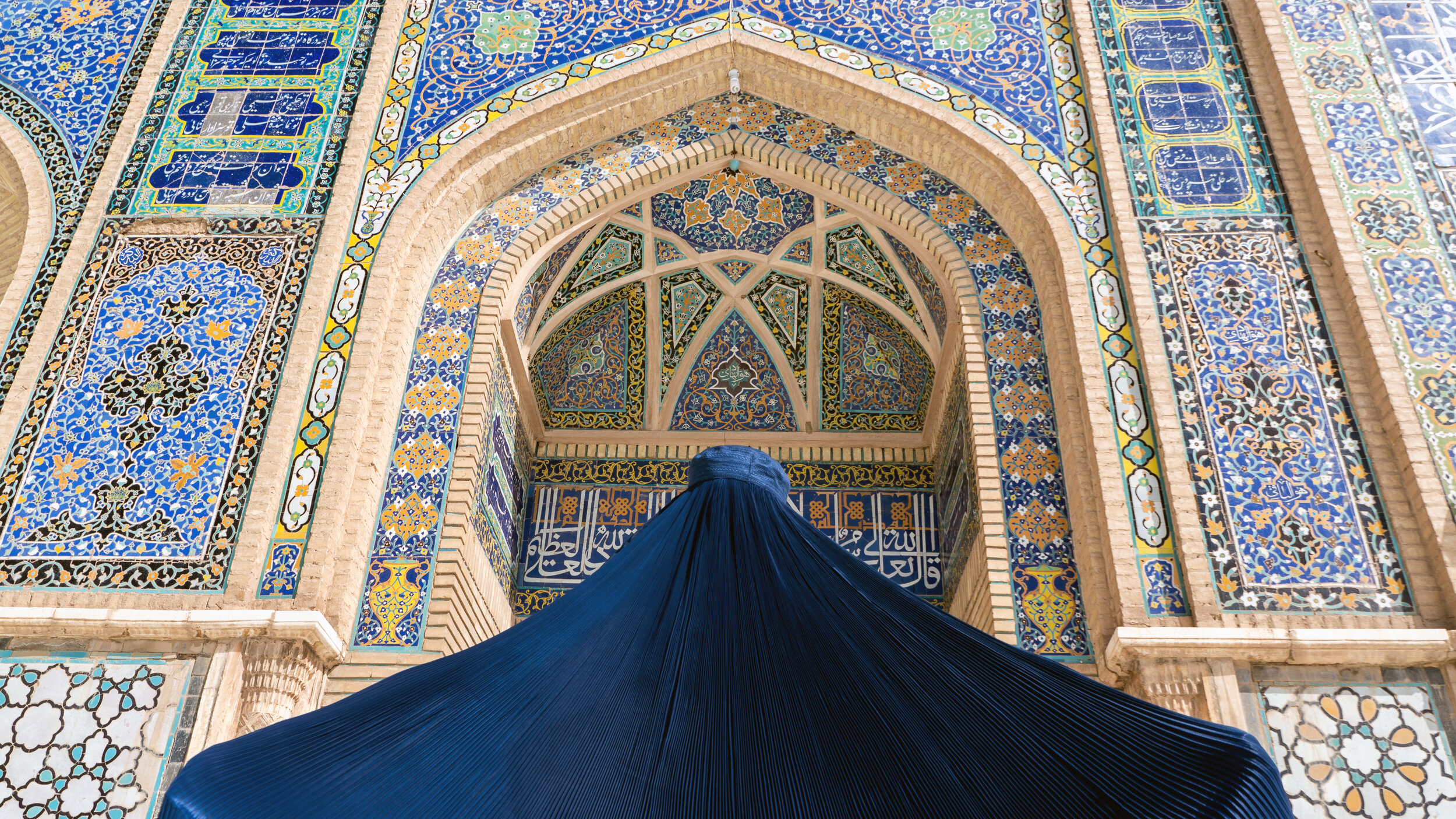
Chadri and Mosaics
Herat, Afghanistan. March 2019.
The chadri, often and mistakenly called a burqa in the West, is a covering for women found largely in Afghanistan and the ethnic Pashtun areas of Pakistan. It is still very common to see in public, and for women, even tourists, it’s a decent idea to carry one. They also really help people bled in and become nearly socially “invisible” from any attention, wanted or unwanted.


Scenes from the Blue Mosque
Mazar-i-Sharif, Afghanistan. March 2019.
One of the best places to truly enjoy people watching amongst one of the most beautiful places in Afghanistan is Mazar-i-Sharif’s Blue Mosque, otherwise known as the Shrine of Hazrat Ali. According to a local legend, Ali was buried at the place where this mosque stands. Ali was reportedly was brought here by a white camel in order to save his remains from desecration by his enemies. However, most Muslims believe that Ali is buried in the Imam Ali Mosque, in Iraq, a popular pilgrimage site for Shii’a Muslims.
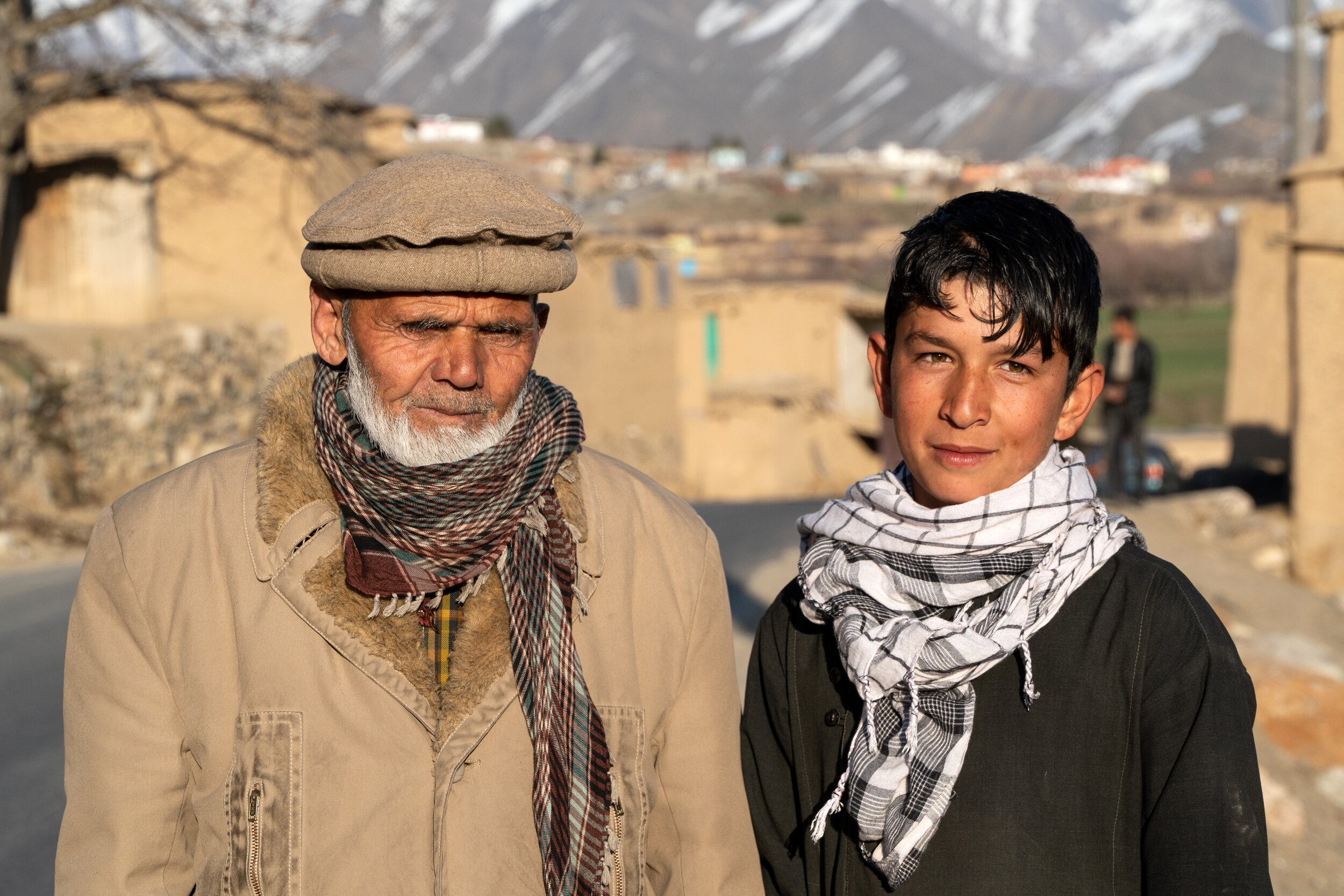
Grandfather and Grandson of the Pajshir
Panjshir Valley, Afghanistan. March 2019.
A Tajik grandfather poses with his grandson deep in the Panjshir valley, a day-trip north of Kabul. This ethnic Tajik heartland has a reputation for their resistance to both the Taliban and the Soviets.
